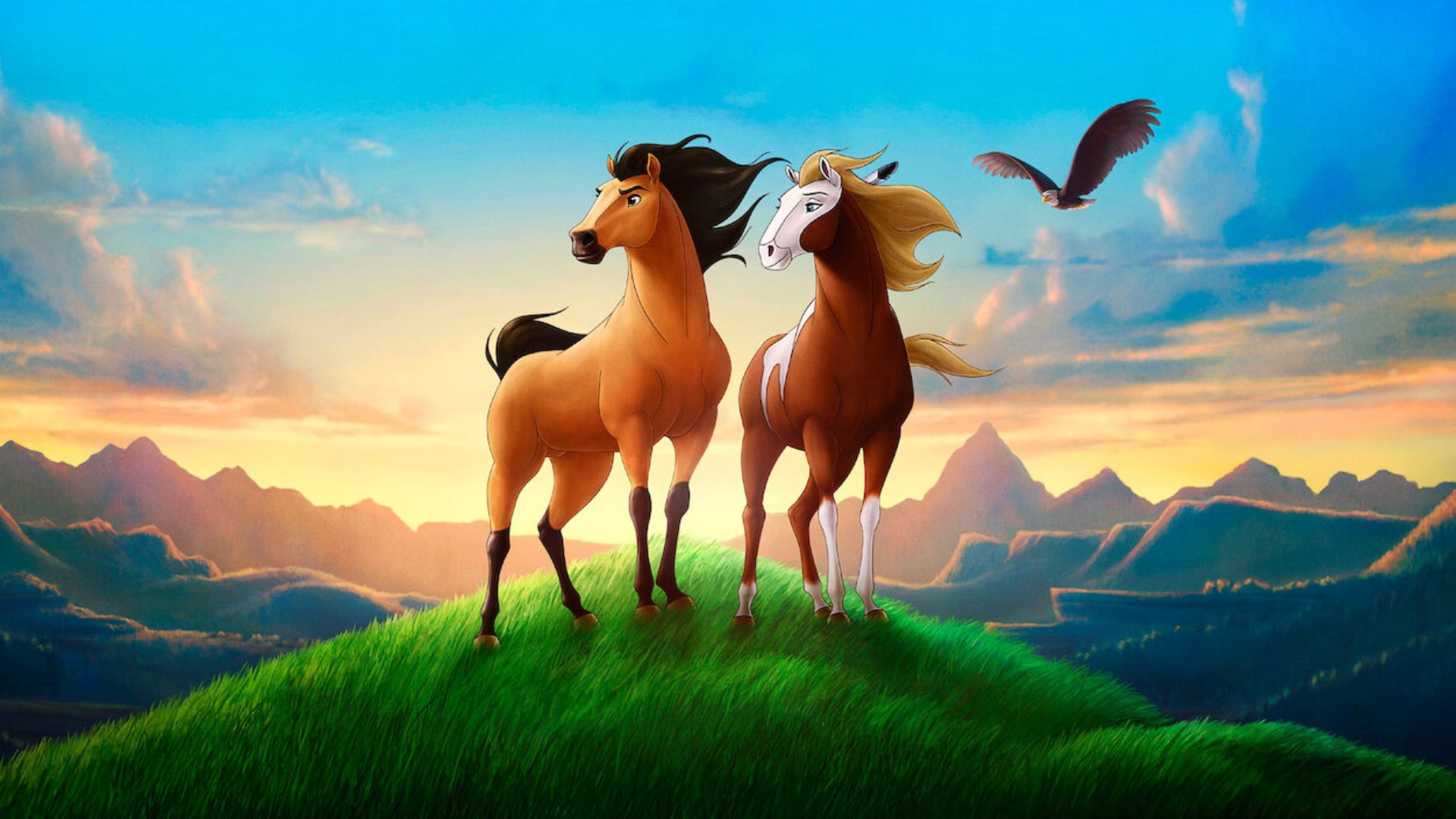
What makes a great equestrian vaulter?
Do you know what it takes to become an equestrian vaulter and earn the World Champion title? Learn how to outperform in equestrian vaulting as well as Jana Zelesny’s testimony on what it took to win gold at the FEI World Equestrian Games in Tryon.
Recently, the FEI and the International Vaulting Officials Club (IVOC) have already signed a Memorandum of Understanding (MoU). This formalises the relationship between the two organisations, and it allows the IVOC to contribute within the FEI framework.
Related article: Olympic Committee confirms equestrianism in Los Angeles 2028
“Vaulting became an FEI discipline nearly 40 years ago and has played an important role in the development of equestrian sport globally with its appeal to youth, and incredible horsemanship and showmanship.” -Ingmar De Vos, FEI President.
But, how much effort do vaulters have to put in to excel in what they do?
Jana Zelesny started vaulting in 2014 and became a world champion four years later. She was part of the German 2018 Tryon Vaulting Squad (Team Norka), the team that won the team gold medal at the international competition held every four years: FEI World Equestrian Games in Tryon, United States.
From the start, Jana showed clear skills in vaulting, and has wowed fans, judges and her fellow German teammates: Corinna Knauf, Torben Jacobs, Justin van Gerven, Thomas Brüsewitz and Chiara Congia
The vaulter trains at least five times per week with her team and says that although it is a fun team to be in, they know how to focus and get motivated to do better. In this FEI video, she talks about her experience:
Practice makes perfect
Equestrian vaulters take a great deal of training to perform with harmony, elegance and appearance of ease. Vaulting is one of the equestrian disciplines that requires the most extreme athleticism, as it is similar to gymnastics on horseback. Riders who want to excel at it must have impressive balance, coordination and strength.
However, as Jana explained, vaulting is a popular way of getting into equestrian sports without necessarily learning how to ride a horse. Vaulters train various ways to perform a single exercise, and they even need to get to a certain level of mastery before introducing skills to the horse.
For this, equestrian vaulters perform the exercise on the ground several times, then on a barrel or moving barrel and finally they try the trick on the horse.
Getting your ground work right
This is the foundation and it has to be impeccable. Vaulters first need to learn how it feels to perform a trick on the ground or stable surface. Sometimes, before trying a particular trick, vaulters will train their physical fitness separately. For instance, if they want to be able to lift a human over their heads, they will train strength with weights.
Moreover, besides conditioning training, vaulters will practice drills. These breakdown the technique, thus they can master the movement in different sections before assembling it together.
Also, it is recommended that vaulters train with physio balls. This fires up the stabiliser muscles and helps train the body’s centre of gravity as motion and unpredictability are added. This ability helps riders feel more relaxed and flowing when getting contact with the horse.
Moving up to the barrel
The design of the barrel is meant to mimic the shape of a horse. There are a variety of designs, shapes and sizes, from a simple barrel without handles to a 6 feet tall one surrounded by a foam pit. Some barrels can even mimic the horses’ movement.
As equestrian vaulting is very demanding, athletes must demonstrate their master of the barrel before even thinking about trying these tricks on a horse. Sometimes, vaulters will go on training for hours on the barrel, so at the end the time spent with the horse is of maximum productivity.
Moreover, depending on the barrel, they will be able to practice their movements solo, on pairs or with their team.
Vaulting a cantering horse
This is the final test. Here, the focus is about harmony with the horse and ensuring the horse is controlled when performing on the horse. Now, vaulters will demonstrate their partnership and training elements when moving with the specific movements of the horse's stride, accounting the outward motion and the feeling of lift while timing the canter.
Normally, when training at the canter, it gets clear what areas need more training, and so the vaulters will return to the gym or barrel and train with the drills and equipment they need to improve before the following canter training.
Training between clubs and teams vary, but in general equestrian vaulters who aim to exceed will dedicate many hours per day in ensuring their skills are pitch-perfect. If you liked this article on vaulting horses, make sure to follow us on Instagram, Twitter or Facebook and find out other exciting news here.












_v2.svg)
_v2.svg)









_v2.svg)


